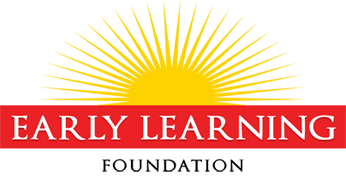Early Learning Success: Done Right
Early Learning Success: Done Right
For decades, American schools have been engaged in a failed experiment, attempting to cram more content into a typical teaching day than humanly possible, asking children to learn overwhelming content at younger and younger ages without taking the time to build the foundation skills needed for learning success or behavioral success, and creating anxiety-filled classrooms in which children are less likely to fall deeply in love with learning.
According to a special report from the Annie E. Casey Foundation (2010), 67% of American children are scoring below proficient reading levels at the beginning of fourth grade on the National Assessment of Educational Progress reading test. Of these, 34% read at the basic level and 33% read at the below basic level.
For Latino, Black, and American Indian children, the numbers are staggering. More than 80% cannot read at grade level by fourth grade.
It may be difficult to be the one who speaks up for slowing down the pace of instruction, for teaching less content but teaching it better, for giving some children the extra time needed to understand a concept or skill deeply, for letting children play and laugh, for abandoning a model that treats all children as if they are at the same level of readiness, for taking the time to develop language and social skills, for taking the time to build a classroom culture in which children are emotionally and physically safe, or for insisting that good early childhood classrooms are filled with joy. It may be uncomfortable to be the one who insists that we must devise a system that encourages teachers to do more than robotically deliver scripted content. Three quarters of students who are poor readers in third grade will remain poor readers in high school (U.S. Department of Education, 1999).
